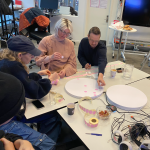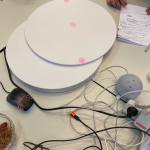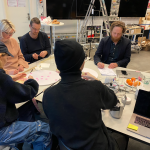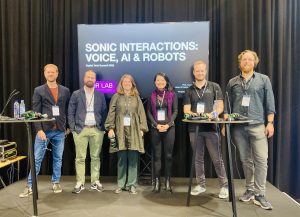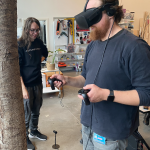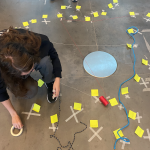In the sound studio recording an audio paper on voice as infrastructure together with great colleagues!
Mainstream discourses emphasize voice-based technology as practical assistants, and thus figure voice as a practical means to achieve certain ends. But there is more to voice interactions than merely distributing messages and articulating commands. Voice-based interactions create sonic environments, enact affect, identities, likes and dislikes. The project explores the co-existence of people and voice-based technologies ethnographically, and through the STS concept of infrastructure and a cultural anthropological view on voice. Voice-based interactions can be seen as infrastructures that link the realms of the technical, cultural and sociopolitical to the level of the individual, creating sites where shared discourses and values, affect, and aesthetics are made manifest in and contested through embodied and material practice.
